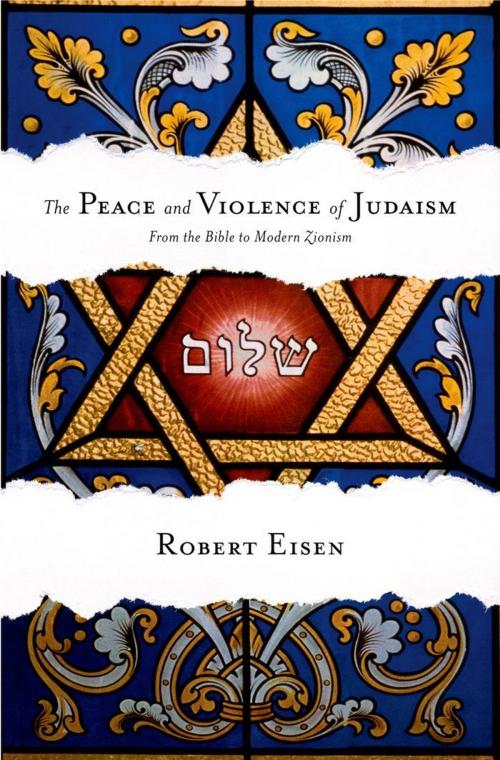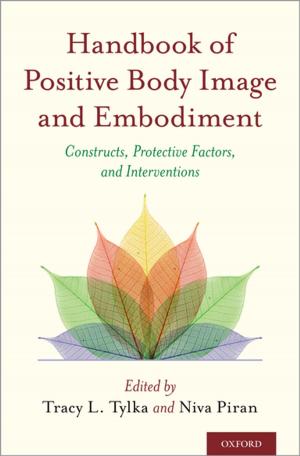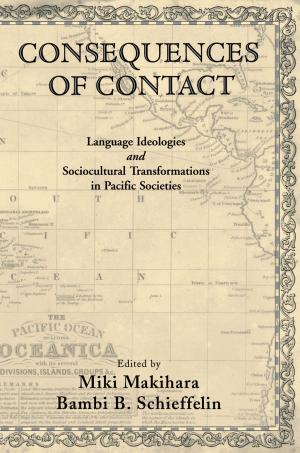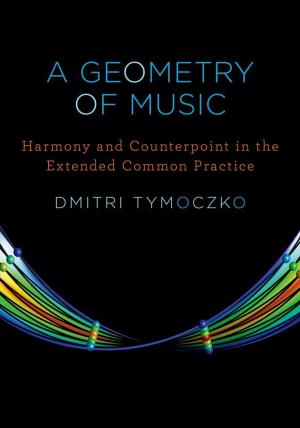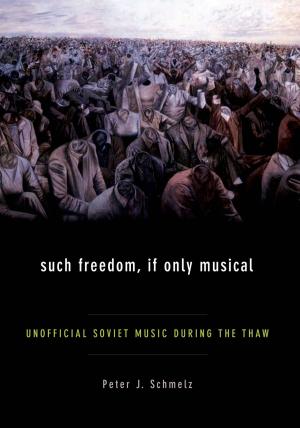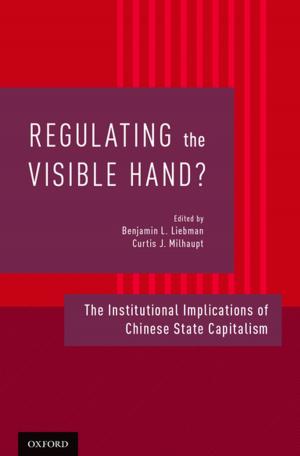The Peace and Violence of Judaism
From the Bible to Modern Zionism
Nonfiction, Religion & Spirituality, Judaism, History| Author: | Robert Eisen | ISBN: | 9780199792948 |
| Publisher: | Oxford University Press | Publication: | February 9, 2011 |
| Imprint: | Oxford University Press | Language: | English |
| Author: | Robert Eisen |
| ISBN: | 9780199792948 |
| Publisher: | Oxford University Press |
| Publication: | February 9, 2011 |
| Imprint: | Oxford University Press |
| Language: | English |
Religious violence has become one of the most pressing issues of our time. Robert Eisen provides the first comprehensive analysis of Jewish views on peace and violence by examining texts in five major areas of Judaism - the Bible, rabbinic Judaism, medieval Jewish philosophy, Kabbalah, and modern Zionism. He demonstrates that throughout its history, Judaism has consistently exhibited ambiguity regarding peace and violence. To make his case, Eisen presents two distinct analyses of the texts in each of the areas under consideration: one which argues that the texts in question promote violence toward non-Jews, and another which argues that the texts promote peace. His aim is to show that both readings are valid and authentic interpretations of Judaism. Eisen also explores why Judaism can be read both ways by examining the interpretive techniques that support each reading. The Peace and Violence of Judaism will be an essential resource not only for students of Judaism, but for students of other religions. Many religions exhibit ambiguity regarding peace and violence. This study provides a model for analyzing this important phenomenon.
Religious violence has become one of the most pressing issues of our time. Robert Eisen provides the first comprehensive analysis of Jewish views on peace and violence by examining texts in five major areas of Judaism - the Bible, rabbinic Judaism, medieval Jewish philosophy, Kabbalah, and modern Zionism. He demonstrates that throughout its history, Judaism has consistently exhibited ambiguity regarding peace and violence. To make his case, Eisen presents two distinct analyses of the texts in each of the areas under consideration: one which argues that the texts in question promote violence toward non-Jews, and another which argues that the texts promote peace. His aim is to show that both readings are valid and authentic interpretations of Judaism. Eisen also explores why Judaism can be read both ways by examining the interpretive techniques that support each reading. The Peace and Violence of Judaism will be an essential resource not only for students of Judaism, but for students of other religions. Many religions exhibit ambiguity regarding peace and violence. This study provides a model for analyzing this important phenomenon.
